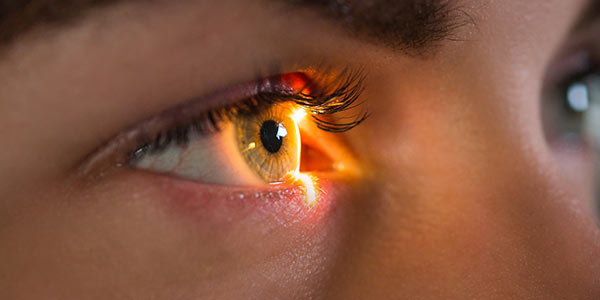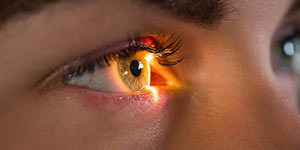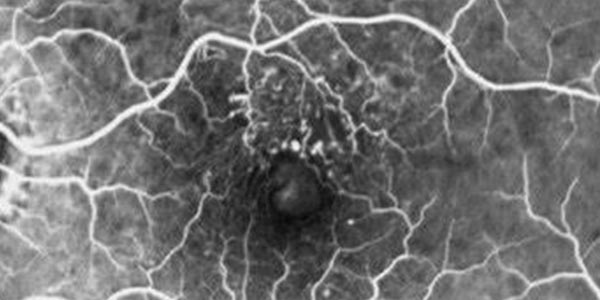Intravenous Fluorescein Angiogram Specialist in Connecticut
Common questions asked by patients: What is an intravenous fluorescein angiogram? How long does a fluorescein angiogram take? What is the purpose of the fluorescein dye test?
Contact us for more information. We have convenient locations to serve you in Connecticut. We serve patients from Hamden CT, Norwalk CT, Trumbull CT, New Haven CT, Madison CT, Fairfield CT, Stratford CT, Northford CT, Woodbridge CT, Stamford CT, Weston CT, Bridgeport CT, Milford CT, North Haven Bridge CT, West Shore CT, Clinton CT, Guilford CT, and surrounding areas.




Angiography is a diagnostic testing procedure performed in the office to help a retina specialist diagnose disease, further classify pathology, help guide treatment (ie intravitreal injections, PDT, laser photocoagulation), and follow the course of your condition. Fluorescein dye is injected into a vein in the arm (very similar to a blood draw) and travels into the retinal circulation where specialized cameras are used to track its course through arteries, veins, and capillaries. Angiography typically takes about 10-15 minutes to perform. No radiation such as X-rays are used. This vegetable based dye is filtered by your kidneys causing an orange color to your urine lasting for up to 24 hours. The most common side effect, occurring in about 1 in 20 patients, is nausea usually lasting only a few minutes. Allergic reactions are much less common and usually manifest as a mild skin rash or itching. Anaphylaxis (a severe allergic reaction) is estimated to occur very rarely (1 in 150,000 patients).

Additional Treatments You May Like

Additional Treatments You May Like
- Macular Degeneration
- Scleral Buckling
- Uveitis
- Macular Edema
- Photodynamic Therapy (PDT)
- Degenerative Myopia
- Laser Photocoagulation
- Retinal Detachment
- Diabetic Retinopathy
- Lattice Degeneration
- Pneumatic Retinopexy
- OCT
- BRVO
- Inherited Retinal Disorders
- Macular Hole
- Flashes and Floaters
- Macular Pucker
- Angiography
- CRVO
- Cryotherapy
- Retinal Artery Occlusion
- Intravenous Fluorescein Angiogram
- Retinal Tear
- Vitrectomy
- AMD
- Intravitreal Injections
- Complications After Cataract Surgery
- CSCR
- Pars Plana Vitrectomy




